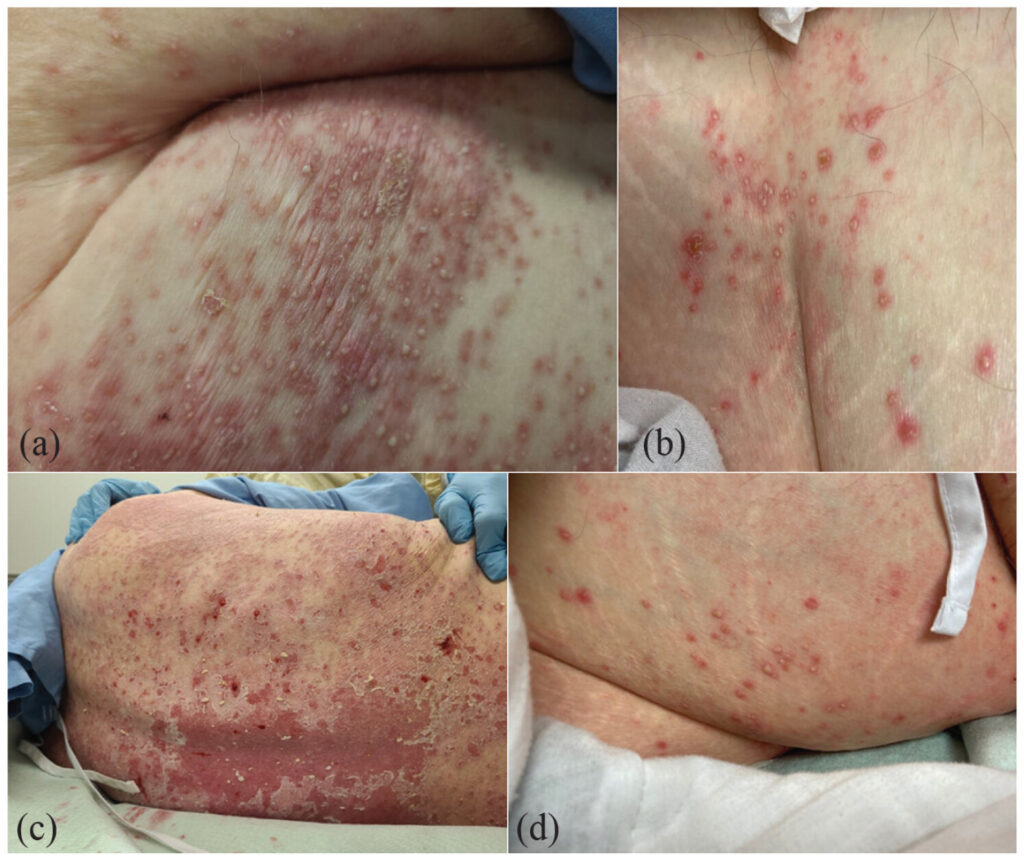Disseminated candidiasis, a severe and potentially life-threatening systemic fungal infection caused primarily by Candida albicans and other non-albicans species, presents a significant challenge in hospitalized and immunocompromised individuals. Effective prevention relies on an integrated approach encompassing timely identification of at-risk populations, judicious use of antifungal prophylaxis, immune function optimization, and stringent infection control protocols.

Understanding Disseminated Candidiasis and Its Pathogenesis
Disseminated candidiasis arises when Candida species translocate from colonized mucosal surfaces or intravenous catheters into the bloodstream, leading to candidemia and systemic organ involvement.
Common Routes of Invasion
- Gastrointestinal translocation in neutropenic patients
- Central venous catheter colonization
- Contaminated hands or hospital equipment
- Intra-abdominal surgery with leakage or perforation
High-Risk Patient Groups
- ICU patients on broad-spectrum antibiotics
- Hematologic malignancy patients undergoing chemotherapy
- Solid organ transplant recipients
- Preterm neonates
- Patients with total parenteral nutrition (TPN)
Risk Factor Mitigation for Invasive Candidiasis
Judicious Use of Antibiotics
Avoiding unnecessary or prolonged use of broad-spectrum antibiotics is essential to prevent disruption of the normal microbiota and subsequent fungal overgrowth.
- Restrict antibiotics to targeted, culture-driven regimens
- De-escalate therapy based on microbiological data
Minimize Indwelling Devices
Central venous catheters and urinary catheters increase fungal colonization and entry into the bloodstream.
- Use aseptic techniques during insertion and maintenance
- Remove catheters as soon as clinically feasible
Nutritional and Glycemic Management
- Avoid prolonged total parenteral nutrition, if enteral feeding is possible
- Maintain tight glycemic control to limit fungal growth
- Address malnutrition, especially in oncology patients
Antifungal Prophylaxis for High-Risk Populations
Prophylactic antifungal therapy remains a cornerstone in preventing disseminated candidiasis in select high-risk patients.
Indicated Patient Populations
- Allogeneic stem cell transplant recipients during neutropenia
- Prolonged neutropenia (ANC <500 for >10 days)
- ICU patients with multiple risk factors (e.g., TPN, antibiotics, dialysis)
- Neonates <1,000g in NICU settings
Common Antifungal Agents
| Drug | Class | Use Case | Notes |
|---|---|---|---|
| Fluconazole | Azole | First-line in many prophylactic settings | Resistance monitoring essential |
| Micafungin | Echinocandin | Preferred in liver toxicity or azole resistance | Effective against most Candida spp. |
| Amphotericin B | Polyene | Broad-spectrum, used when resistance suspected | Higher toxicity profile |
Immune System Optimization
Restoring or supporting the immune system significantly reduces candidiasis risk.
Neutropenia Management
- Administer granulocyte colony-stimulating factors (G-CSF) when applicable
- Limit exposure to cytotoxic agents that extend neutropenia duration
Cytokine Modulation
Investigational use of interleukin-7 (IL-7) and interferon-gamma (IFN-γ) to enhance macrophage and T-cell function in fungal sepsis is under exploration.
Early Detection and Surveillance Protocols
Surveillance cultures and risk prediction scores enhance early identification and enable targeted preventive measures.
Non-Culture-Based Diagnostic Tools
- (1→3)-β-D-glucan assay: Biomarker for fungal cell wall detection
- PCR-based fungal DNA detection in blood samples
- T2Candida panel for rapid Candida identification in bloodstream infections
Risk Assessment Models
- Candida Score (ICU-specific scoring tool)
- Colonization Index: High levels of Candida in multiple body sites increase risk
Environmental and Infection Control Measures
Hand Hygiene and Barrier Precautions
- Mandatory alcohol-based hand rubs before and after patient contact
- Use of gloves and gowns in high-risk units
Sterile Equipment Protocol
- Ensure single-use or properly sterilized instruments
- Regularly disinfect high-touch surfaces and airflow systems in ICUs
Frequently Asked Questions
What is disseminated candidiasis?
A severe fungal infection caused by the spread of Candida species from localized colonization to systemic circulation and organs.
Who is most at risk for disseminated candidiasis?
Patients in intensive care, those with weakened immune systems, cancer patients undergoing chemotherapy, and neonates with low birth weight.
Can disseminated candidiasis be prevented?
Yes, through antifungal prophylaxis in high-risk patients, reduction in catheter use, improved hygiene, and early immune restoration strategies.
Is fluconazole effective in prevention?
Fluconazole remains a first-line prophylactic agent, particularly in non-resistant Candida infections and for patients with predictable neutropenic episodes.
How important is early detection?
Early detection using biomarkers and surveillance cultures is critical to initiate timely therapy and prevent full-blown systemic infections.
Preventing disseminated candidiasis requires a proactive, evidence-based strategy targeting modifiable risk factors, enhanced diagnostic vigilance, antifungal stewardship, and patient-specific immune support. By deploying comprehensive measures across ICU, oncology, transplant, and neonatal care settings, we significantly reduce morbidity and mortality associated with this opportunistic fungal infection.